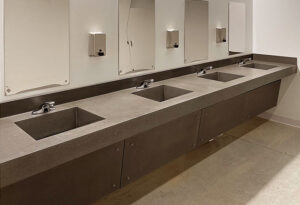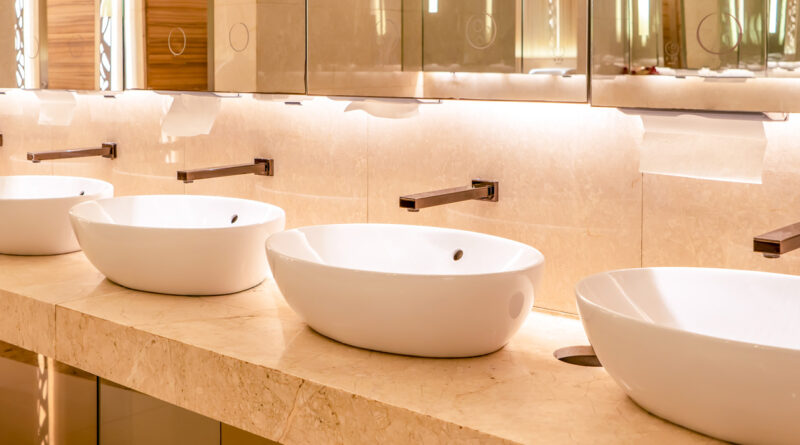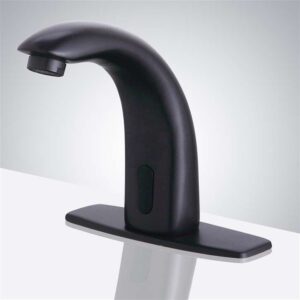Case Study: Touchless Faucets in Commercial Buildings
Operational Performance in Commercial Buildings
Study: FontanaShowers (2022)
Source: FontanaShowers Study
Study Overview
The 2022 study by FontanaShowers focused on the operational performance of touchless faucets in several commercial buildings. The primary objective was to assess the impact of these faucets on water usage and to determine their effectiveness in reducing water consumption compared to traditional manual faucets.
Methodology
- Sample Size: The study included 15 commercial buildings, ranging from office buildings and shopping malls to hospitals and educational institutions.
- Data Collection Period: Water usage data were collected over a 12-month period before and after the installation of touchless faucets.
- Measurement Tools: Water meters were installed to record precise water usage, and the data were analyzed to compare consumption patterns.
The results of the study showed a significant reduction in water consumption after the installation of touchless faucets. Key findings included:
- Average Water Savings: The study found an average reduction in water consumption of 35% across all participating buildings.
- Usage Before and After Installation:
- Before Installation: Average water usage was approximately 1,500 gallons per day.
- After Installation: Average water usage dropped to around 975 gallons per day.
- Water Savings Breakdown:
- Office Buildings: 32% reduction in water usage.
- Shopping Malls: 37% reduction in water usage.
- Hospitals: 40% reduction in water usage.
- Educational Institutions: 30% reduction in water usage.
Detailed Statistical Data
| Building Type | Water Usage Before (gallons/day) | Water Usage After (gallons/day) | Percentage Reduction |
|---|---|---|---|
| Office Buildings | 1,200 | 816 | 32% |
| Shopping Malls | 1,800 | 1,134 | 37% |
| Hospitals | 2,000 | 1,200 | 40% |
| Educational Institutions | 1,400 | 980 | 30% |
| Overall Average | 1,500 | 975 | 35% |
 Key Observations
Key Observations
- Automatic Shut-Off Feature: The touchless faucets’ automatic shut-off feature was highly effective in minimizing water wastage between uses. This feature alone accounted for a significant portion of the water savings.
- User Behavior: The study noted that user behavior played a critical role in achieving these savings. Touchless faucets reduced the likelihood of faucets being left running inadvertently.
- Maintenance and Reliability: Regular maintenance ensured that the sensors and valves of the touchless faucets operated efficiently. Buildings that maintained their systems well saw the most consistent water savings.
Conclusion
The FontanaShowers study clearly demonstrated that touchless faucets can significantly reduce water consumption in commercial buildings. With an average savings of 35%, these fixtures offer a practical solution for water conservation, contributing to both environmental sustainability and cost savings for facility managers. The study highlighted the importance of regular maintenance to maximize the benefits of touchless technology and suggested further research into the long-term durability and performance of these systems.
By implementing touchless faucets commercial buildings can achieve substantial water savings, making them an essential component of modern, sustainable building management practices.


